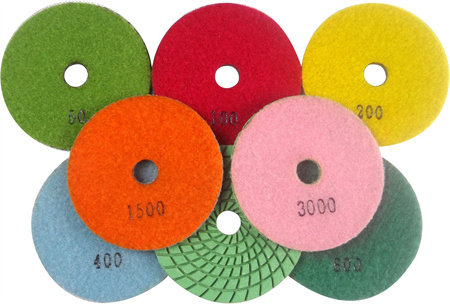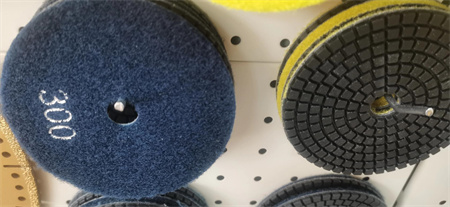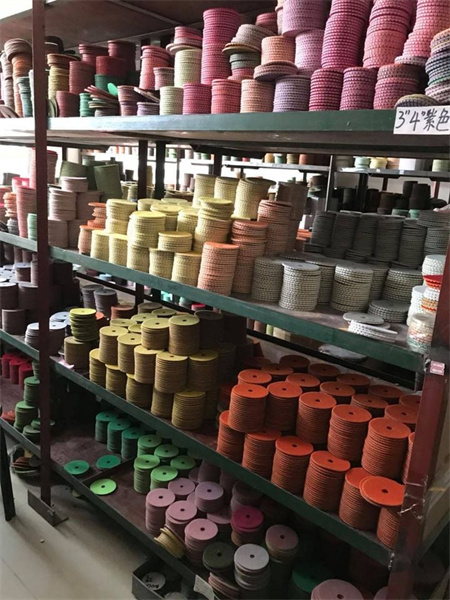Chemical Resistance in Diamond Polishing Pads
Diamond polishing pads are a cornerstone in the world of surface finishing, prized for their ability to deliver an ultra-smooth, high-gloss finish on a variety of materials. Whether it’s for granite countertops, marble flooring, or even high-tech ceramics, these pads are indispensable in the polishing industry. One of the standout qualities that elevate diamond pads above the rest is their remarkable chemical resistance. This property not only enhances their durability but also ensures efficiency in harsh working conditions.
The chemical resistance of diamond polishing pads is vital for several reasons. First and foremost, it allows these pads to maintain their performance even when exposed to aggressive cleaning agents, solvents, or oils. In industries where heavy-duty chemicals are often used for surface preparation or maintenance, pads that cannot withstand these substances quickly degrade, leading to inconsistent finishes and reduced pad lifespan. Diamond pads, on the other hand, are engineered to resist corrosion and chemical wear, ensuring a longer lifespan and consistent results.
The core of a diamond polishing pad’s chemical resistance lies in the materials used to manufacture it. Most diamond pads are made by embedding industrial diamonds into a resilient matrix. This matrix is typically a synthetic resin, metal bond, or a combination of both, which is designed to withstand chemical exposure. Resins, for example, are formulated to resist acids, alkalis, and a range of solvents commonly used in polishing processes. Metal-bonded pads, on the other hand, offer enhanced durability and resistance to high temperatures, making them ideal for tougher applications where chemical exposure is a concern.
When it comes to polishing natural stone like granite or marble, the interaction between the pad and the surface is crucial. Often, polishing involves the use of chemicals to enhance the finish, clean the surface, or prepare it for further treatments. A pad that is not resistant to these chemicals can break down rapidly, leading to contamination of the stone and, in some cases, permanent damage. Diamond polishing pads are designed to avoid this, maintaining their integrity and preventing chemical reactions that could negatively affect both the pad and the material being polished.
In addition to common chemicals found in cleaning products, some industrial applications expose polishing pads to more extreme conditions, such as abrasive compounds, acids, or even high-temperature substances. Whether you’re working with concrete, metals, or composite materials, the need for a polishing pad that can resist these aggressive substances becomes even more critical. Without proper chemical resistance, a pad might lose its cutting ability, clog up with debris, or degrade prematurely, all of which lead to increased downtime and higher maintenance costs.

The key to maintaining chemical resistance in diamond polishing pads is proper care and maintenance. While these pads are designed to be durable, regular cleaning and storage in a dry, temperature-controlled environment can extend their life significantly. After use, pads should be thoroughly cleaned to remove any residue from chemicals or compounds that may have come in contact with the surface. This simple maintenance step ensures that the pad’s chemical resistance is not compromised, allowing it to continue delivering superior results over time.
In conclusion, chemical resistance is an essential feature of diamond polishing pads, enhancing their performance, longevity, and versatility. Whether dealing with common household chemicals, industrial solvents, or more specialized substances, these pads are built to endure and maintain their effectiveness. By understanding the importance of this resistance and taking the necessary steps to care for these tools, professionals can ensure that their polishing pads deliver optimal results, regardless of the working environment or the challenges posed by chemicals.


